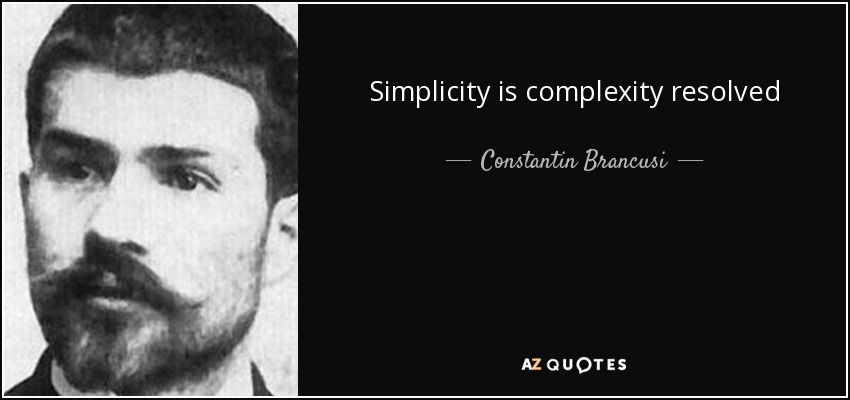Amedeo Avogadro (1776 – 1856; full name: Lorenzo Romano Amedeo Carlo Avogadro, conte di Quaregna e Cerreto) was an Italian physicist. He proposed in 1811 Avogadro's law. This law states that equal volumes of gases at equal temperatures and pressures have equal numbers of molecules. This law extends John Dalton's law of equal proportions and Louis Joseph Gay-Lussac's law of equal ratios of volumes at equal pressures and temperatures.
Avogadro's name lives on in Avogadro's constant, which gives the number of entities in a mole of substance.
[edit]Life
Amedeo Avogadro was born on 9th August, 1776, in an aristocratic family in Turin, Italy. His father was Count Filippo Avogadro and mother Anna Maria Vercelli. Befi tting his aristocracy, his full name was Lorenzo Romano Amedeo Carlo Avogadro, Conte di Queregna e di Cerreto. His family members practiced law for generations. The full name of Avogadro was very long. He was born as Lorenzo Romano Amedeo Carlo Avogadro di Quaregna e di Cerreto. Due to his nobility, he served as the Count of Quaregna and Cerreto. Facts about Amedeo Avogadro 2: the molecular theory. This resulted in the full lockdown and abandonment of Camp Edward, and the shutdown of Rushmore. Almost 60 years later, on July 2025, Broken Arrow agents Russman and George Barkley returned to the facility and used the A.P.D. To transfer a sample of Avogadro to the Hanford site in Washington state - this sample would go onto become the mindless. Avogadro later inherited this title in 1787, making his full name Count Lorenzo Romano Amedeo Carlo Avogadro di Quaregna e di Cerreto. His mother, Anna Vercellone di Biella, was a noblewoman. His father came from a family which has an ancient history of being in the legal profession.
Avogadro was born in Turin, Italy, on 9th August, 1776. He was the son of Count Filippo Avogadro and Anna Maria Vercellone. His father was a distinguished lawyer and civil servant, becoming a senator of Piedmont in 1768, and was appointed advocate general to the senate of Vittorio Amedeo III in 1777. Under the French rule of 1799 he was made president of the senate.
Amedeo went to school in Turin. Coming from a family of lawyers, Avogadro initially chose for a legal career, and became a bachelor of law in 1792. Four years later he gained his doctorate and began to practice law.
Avogadro inherited his father's title in 1787. He married Felicita Mazzé from the Piedmont town of Biella in 1815, and the couple had six children. Avogadro led a modest and industrious life. A few years after his graduation Avogadro became interested in science, and at the age of twenty-four he began private studies of mathematics and physics. His first scientific research in 1803, undertaken jointly with his brother Felice, was on electricity.

In 1806, Avogadro was appointed demonstrator at the Academy of Turin, and in 1809 he became professor of natural philosophy at the college of Vercelli, where his family had some property. Avogadro was greatly influenced by Gay-Lussac’s law of combining volumes. In 1811 he submitted a paper to the Journal de Physique, de Chimie et d'Histoire naturelle that was published on 14 July 1811. The title of the paper was Essai d'une manière de déterminer les masses relatives des molécules élémentaires des corps, et les proportions selon lesquelles elles entrent dans ces combinaisons.. [Essay on a manner of determining the relative masses of the elementary molecules of bodies and the proportions according to which they enter into these compounds]. In this paper he coined the word molecule (diminutive of the Latin mole, a mass), for the smallest particle that normally exists in a free state[1] Further he proposed Avogadro's law.
In 1820, when the very first chair of mathematical physics in Italy was established at the University of Turin, Avogadro was appointed. Unfortunately, his post was short lived, since political changes suppressed the chair and Avogadro was out of a job by July, 1822. The chair was reestablished for Augustin-Louis Cauchy in 1832, and after Cauchy left in 1834, Avogadro was re-appointed by the king of Sardinia, Carlo Alberto Amedeo di Savoia (in French Charles Albert). Avogadro's most extensive work was his treatise Fisica dei corpi ponderabili, a four-volume almost 4000-page-long book on theoretical physics, published from 1837 to 1841. The book was dedicated to the king, probably because he had knighted Avogadro with the Civilian Order of Savoy and had reappointed him to his chair.
As a scientist Avogadro was relatively unknown, particularly outside Italy. He remained at the university until his retirement in 1850. Avogadro died on the 9th July, 1856.
[edit]Note

- ↑ J. N. Murrell, Avogadro and His Constant, Helvetica Chimica Acta, vol. 84, pp. 1314 - 1327 (2001).


[edit]References
- M. Morselli, Amedeo Avogadro: A Scientific Biography, D. Reidel Publishing Co., Dordrecht, The Netherlands, (1984).
- J. Wisniak, Amedeo Avogadro The Man, the Hypothesis, and the Number, Chem. Educator, vol. 5, pp. 263-268 (2000)
Amedeo Avogadro Invention

Amedeo Avogadro Full Name Wikipedia

Comments are closed.